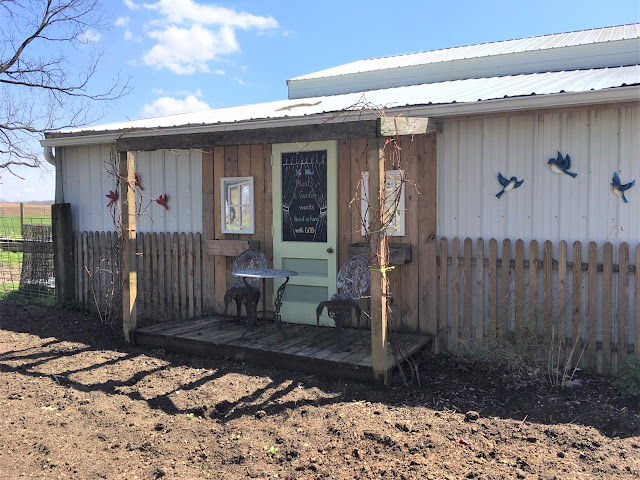Recently my husband Gary drove half a dozen Amish young
people to a wedding in Lancaster County, Pennsylvania. This is an unusual occurrence; not much
intermarriage happens between the Amish here in northeastern Indiana and the
Amish in Lancaster County.
He had a few hours to wander around, and he found himself at
the Weavertown Coach Shop, where Amish buggies have been made for almost fifty
years. Notice, you can take your horse
through the “horse wash”! (Gary looked
around to try and get some photos, but the horse wash was closed.)
Gary took the photo below of the buggies in the lot. Notice the difference between these rounded,
gray buggy tops and the angular, black buggy tops seen in northeastern Indiana.
Below is the “window sticker” for a 80%-new, rebuilt buggy
which can be had for $7,995. (A new one
would cost $10,140.) The buggy has a one
year warranty. Buggies can have
thousands of dollars of options and upgrades.
Notice the options listed here, which include a fiberglass body—most of
the buggies in northeastern Indiana have a wood body. This one has upgraded brakes and a swirl navy
interior with shag carpeting.
Smaller budget? Try
this older buggy, below, for $2,995. It
is being sold “as is, decent condition.”
It’s a nice buggy, similar to the first one, but probably quite a bit
older.
I’ve written about
the Amish buggies in northeastern Indiana, here.




